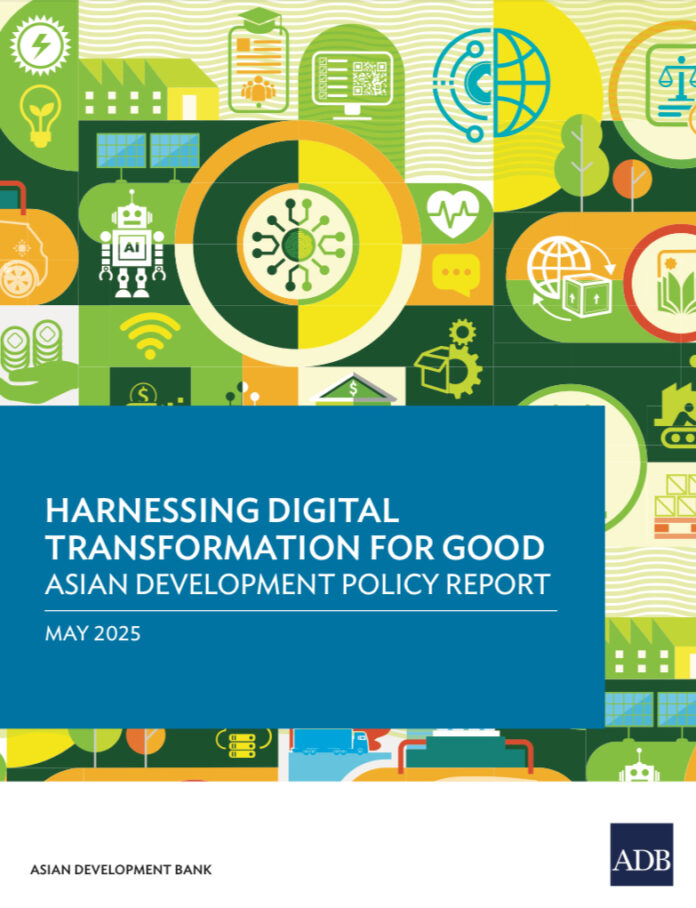Digital transformation holds the potential to significantly reduce persistent economic inequality across Asia and the Pacific, but governments must act to close digital divides in infrastructure, access, and skills, according to a new report released today by the Asian Development Bank (ADB) during its annual meeting in Milan.
The Asian Development Outlook Policy Report 2025: Harnessing Digital Transformation for Good finds that while the region has advanced rapidly in digital development, benefits have been unevenly distributed. Urban-rural gaps remain stark, with internet usage rates 13 percentage points higher and mobile internet speeds 38 percent faster in urban areas than in rural ones.
Despite robust digital progress, inequality has remained entrenched. The region’s average Gini coefficient was 6 percent higher in 2022 than in 1990, and nearly one in five people still live on less than USD3.65 a day. Many economies also continue to face low digital skill levels and limited digital inclusion.
“Developing Asia and the Pacific’s rapid digital transformation puts the region in a position to reap significant benefits,” said ADB chief economist Albert Park. “Governments that promote inclusive, sustainable digitalization have an opportunity to not only boost overall productivity and innovation but also reduce economic inequality at the same time.”
The ADB said bridging the digital divide could yield broad macroeconomic benefits—enhancing labor market efficiency, enabling innovation, and supporting more inclusive growth. The report calls for strategic investment in digital infrastructure, education, and regulatory frameworks to ensure that the digital economy serves as a driver of shared prosperity.







